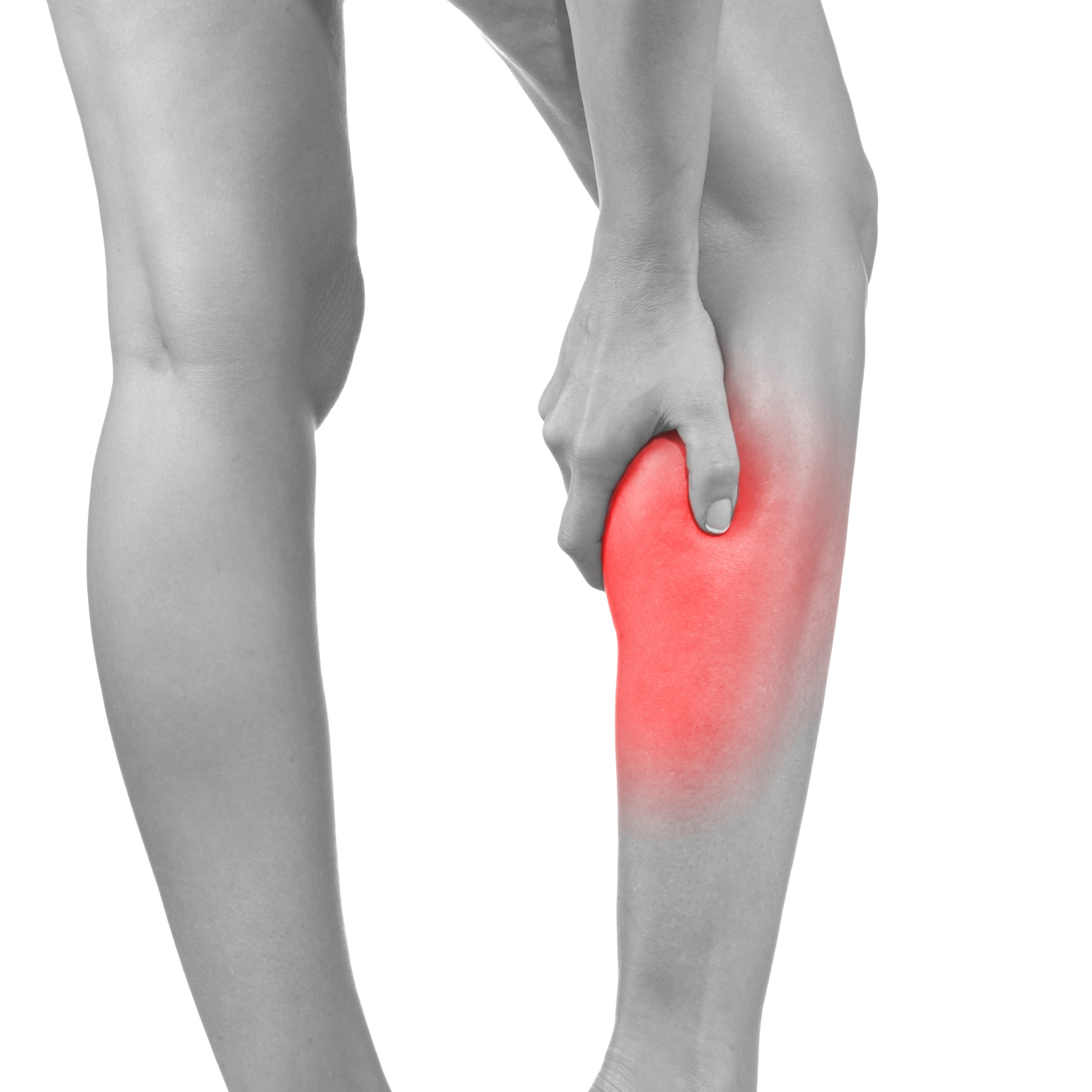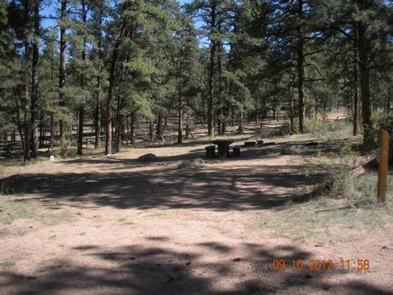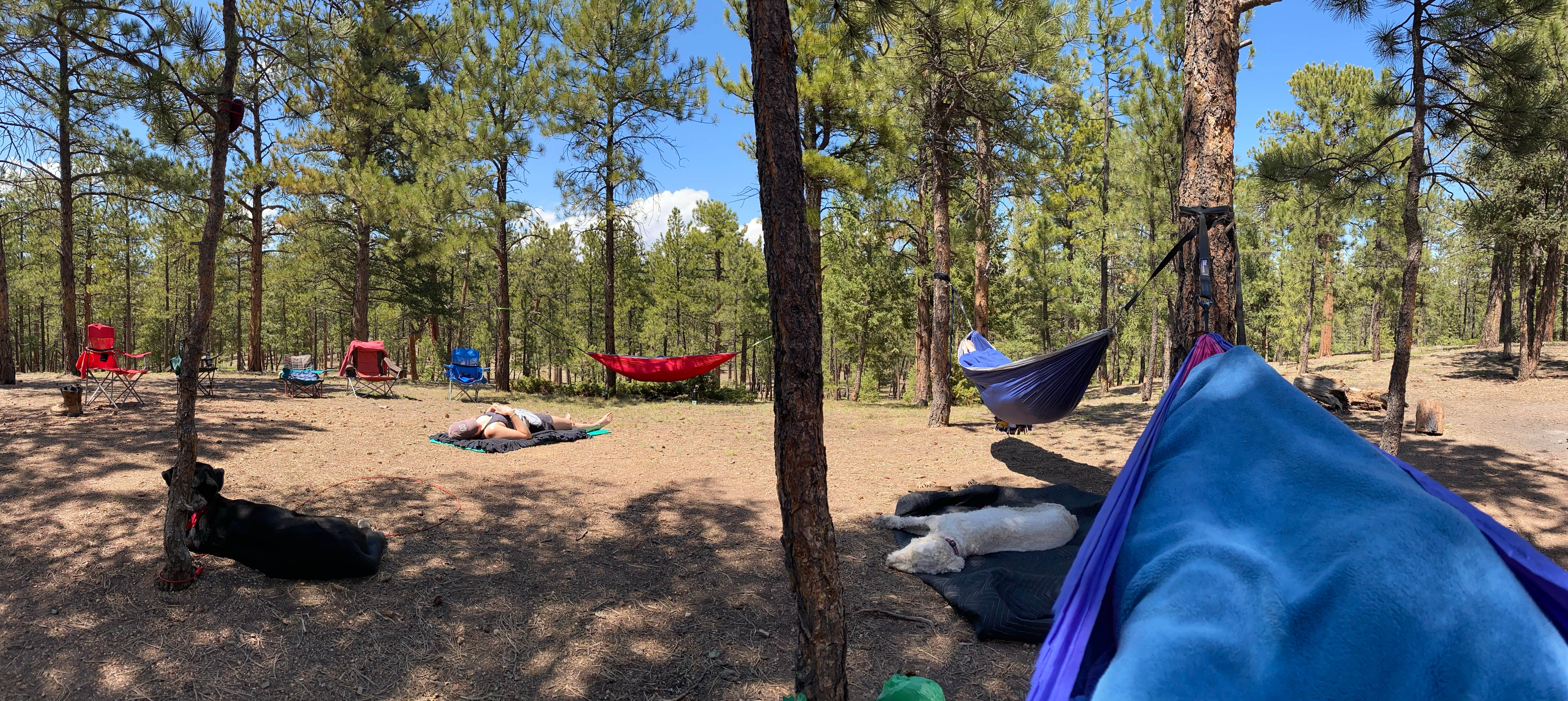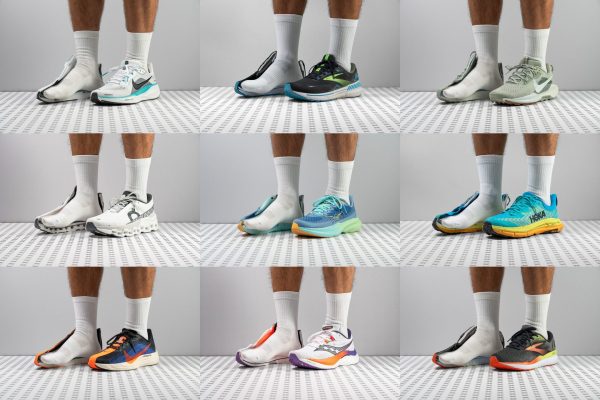A leg that is swollen pale or unusually cool. The tendons muscles nerves blood vessels and ligaments that form the calves are all susceptible to infection and injury that can be painful.
 Lower Leg Pain In Athletes Know The Difference
Lower Leg Pain In Athletes Know The Difference
That are useful for calf pain.

Leg calf pain. Any serious leg symptoms that develop for no apparent reason. Fever that is greater than 100F swollen leg that is pale or cool to the touch sudden extreme swelling in the legs. The pain will be concentrated in one area not shooting from one spot to another.
The pain extends from just below the knee to the ankle. The first treatment in most cases is to rest the muscles and allow the acute inflammation to subside. Leg pain can also be caused by blood clots varicose veins or poor circulation.
Cramping tightness that increases with walking although its often felt in the thigh rather than the calf. Pain in left calf is normally characterized by discomfort in the back side of the lower left leg. Calf problems can cause a range of symptoms including pain bruising tightness and stiffness.
Try elevating your leg at or above the level of your heart to get swelling to decrease. Schedule an office visit if. You have pain during or after walking.
Calf pain particularly after prolonged sitting such as on a long car trip or plane ride. In many cases new or flare-up of long-standing calf problems should begin to settle within 6 weeks without the need to see a healthcare professional. But determining the exact cause root-cause of lower leg pain is easier said than done as theres a bunch of conditions that can strike the area between your knees and ankles.
This stretch can help maintain or improve fle. It causes increased calf pain with activity and knee movement. When spinal stenosis occurs in the lumbar region lower back pain can be a symptom but often its the legs that are affected.
Other signs a person should seek emergency treatment for calf pain include. Icing and elevating the leg are two common principles of RICE. Some types of leg pain can be traced to problems in your lower spine.
The most common injuries that can cause pain in your lower legs include bruises and strains. The legs may also feel weak and numb. An injury to your calf muscle can also lead to pain when walking.
You have swelling in both legs. Swelling in both legs along with breathing problems. Follow along with Dr.
A serious and potentially life-threatening cause of leg pain is known as a deep vein thrombosis DVTa clot in a leg vein that can break off and travel to the lungs. If it occurs at the same time the cause of the pain may be linked to the muscles tendons ligaments or bones in that area or the nerve that services that area of the body may be compressed or otherwise damaged leading to painful sensations throughout the lower leg. In most cases its blamed on overuse mainly wear and tear to the muscles joints bones tendons and other tissue.
Some common causes of leg pain include. Ice packs and heat pads are among the most commonly used treatments for muscle or. The most common symptom of a blood clot is leg pain that cant be explained by something else such as a bruise or recent injury.
Most times calf pain is not a sign of a serious condition. It can be localized or widespread and also can be sudden. When to seek help Speak to a healthcare professional as soon as possible if.
Musculoskeletal pain occurs due to rigidity abnormal posturing and lack of mobility leading to pain in the legs. Also known as a popliteal cyst it is a bulging fluid-filled lump that develops behind the knee. However it could be a sign of an underlying condition that causes swelling tingling and pain in that area of the leg including diabetes or sciatica.
Pain in the calf and ankle may occur simultaneously or independently. If pain lasts for more than a few days or is intense its time to be checked out by a doctor. Most leg pain results from wear and tear overuse or injuries in joints or bones or in muscles ligaments tendons or other soft tissues.
Ice and Heat Application. The pain can resemble the pain caused by peripheral artery disease. Symptoms In addition to cramping calf pain other symptoms of a DVT in the lower leg include swelling warmth andor redness of the calf.
Calf pain usually presents with a sharp pain or even a dull aching pain with some tightness at the back of the leg in the calf muscle area. This pain is usually more pronounced on the more affected side. A bruise happens when a blow to the.
Calf pain symptoms may include soreness above the heel in the back of the leg stiffness tenderness and severe pain especially after climbing stairs or running. It may also affect the joint like the hip or knee. Stretching the muscles and tendons of the.
Lower leg pain is a common problem among runners. David Lee as he walks us through a lower leg exercise intended to help relieve calf pain.









